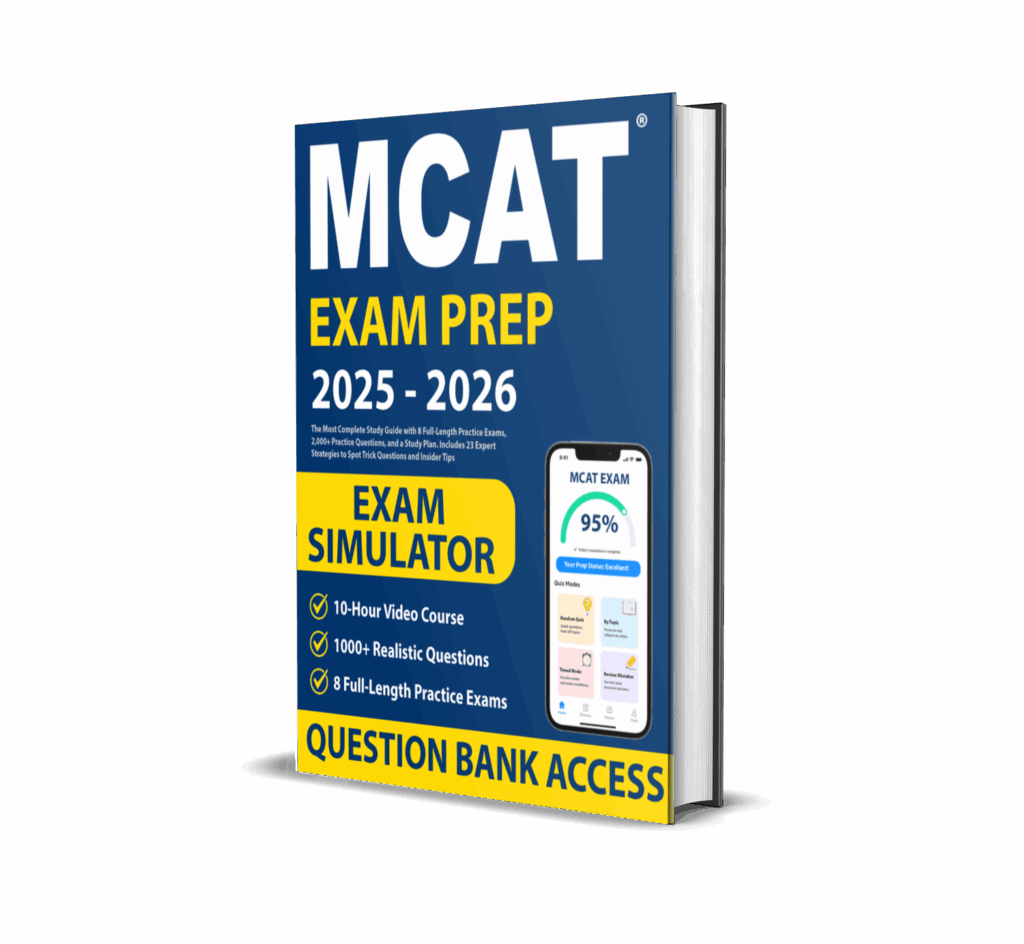
ARE YOU READY?
LET’S PRACTICE!
#1. Which of the following would increase the melting point of DNA?
#2. Which of the following is true about the allosteric regulation of enzymes?
#3. Which of the following best explains why the action potential is unidirectional?
#4. Which of the following describes the function of the glomerulus?
#5. Which of the following hormones uses a second messenger system?
#6. Which of the following neurotransmitters is involved in muscle contraction at the neuromuscular junction?
#7. What is the function of the loop of Henle?
#8. Which condition results from the failure of the neural tube to close properly?
#9. What is the function of DNA ligase?
#10. Which part of the brain is involved in forming new long-term memories?
#11. Which of the following vitamins is fat-soluble?
#12. Which organ is primarily responsible for detoxification of drugs and toxins?
#13. What type of immunity involves memory cells?
#14. Which of the following enzymes is used in reverse transcription?
#15. Which of the following would most likely cause respiratory alkalosis?
#16. What is the most likely effect of a loss-of-function mutation in p53?
#17. In which part of the brain does processing of visual information occur?
#18. Which of the following best describes the Bohr effect?
#19. Which genetic phenomenon describes one gene affecting multiple traits?
#20. What is the role of cholesterol in the plasma membrane?
#21. Which of the following is required for muscle contraction?
#22. What is the role of the sinoatrial (SA) node?
#23. Which of the following is a key intermediate of glycolysis?
#24. In which organ does the majority of digestion occur?
#25. Which type of bond forms between amino acids?
#26. Which of the following cells directly destroy infected cells?
#27. Which of the following is an example of a parasympathetic response?
#28. Which type of RNA carries amino acids to the ribosome?
#29. Which enzyme is used in the polymerase chain reaction (PCR)?
#30. Which of the following hormones is released by the posterior pituitary?
#31. Which process occurs in the thylakoid membrane?
#32. What structure connects the two cerebral hemispheres?
#33. What is the role of bile in digestion?
#34. Which hormone triggers ovulation?
#35. Which cellular structure is responsible for intracellular transport?
#36. Which of the following is a characteristic of skeletal muscle?
#37. What is the primary function of the thymus?
#38. What triggers the opening of voltage-gated sodium channels during an action potential?
#39. Which of the following best describes a translocation mutation?
#40. Which component of the cell is involved in autophagy?
#41. Which organ secretes erythropoietin in response to low oxygen levels?
#42. What is the primary site of lipid synthesis in the cell?
#43. What is the function of the peroxisome?
#44. Which of the following tissues has the fastest regeneration rate?
#45. Which of the following is a function of the spleen?
#46. Which of the following describes codominance?
#47. What structure prevents food from entering the trachea?
#48. Which of the following would likely pass through a cell membrane by simple diffusion?
#49. What is the purpose of the refractory period in neurons?
#50. Which of the following is an example of a post-translational modification?


